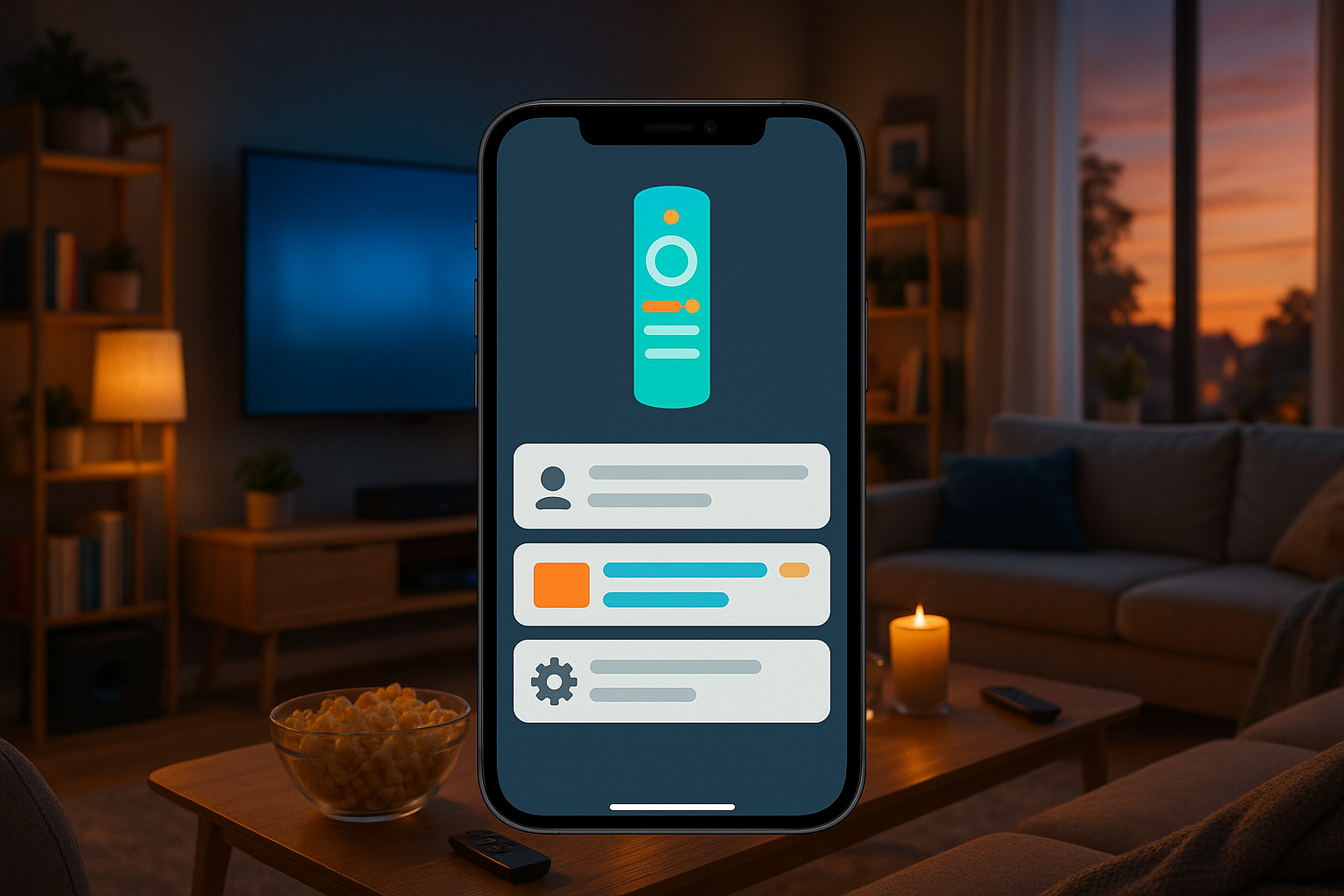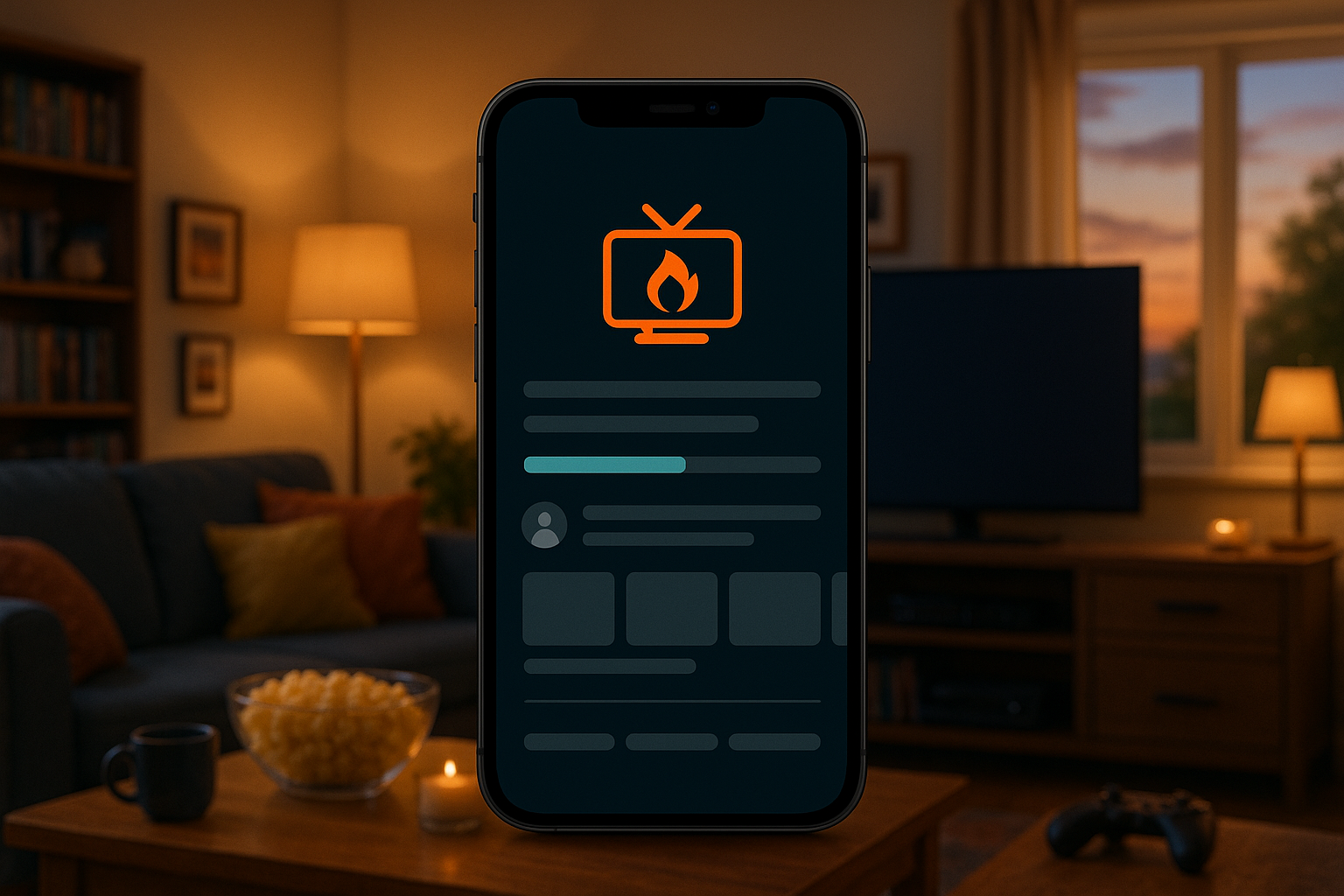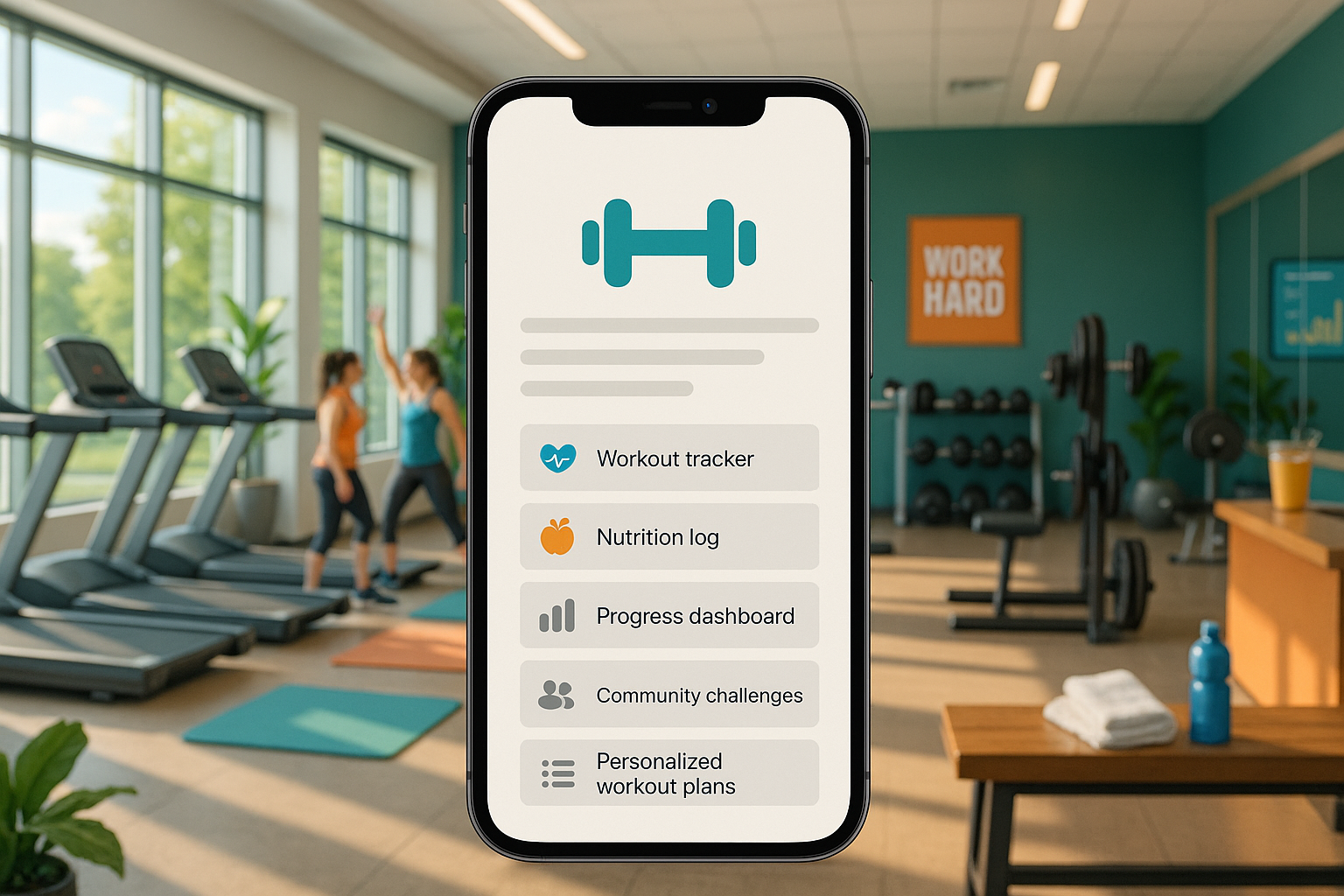Introduction
The Amazon Fire TV Stick has transformed living rooms into powerful entertainment hubs, creating a massive, engaged audience for content creators and businesses. Tapping into this market by developing a Firestick app seems like a logical next step. However, the path from idea to a successful app on the Amazon Appstore is fraught with technical complexity, significant time investment, and the need for specialized skills. Many businesses underestimate the intricacies of developing for Fire TV OS, leading to costly delays, frustrating setbacks, and ultimately, a product that fails to meet user expectations or Amazon’s stringent standards.
This comprehensive guide is designed to demystify the process of Firestick app development. We will explore the specific challenges you’ll face, break down the potential costs, and introduce the leading development companies that can navigate this landscape for you. In particular, we will explain how we at MetaCTO, a top US AI-powered mobile app development firm with over 20 years of experience, can help you not only build a Firestick app but also seamlessly integrate it with your existing mobile products. We have guided over 120 projects to successful launches, and we’re here to make your journey into the Fire TV ecosystem a strategic success.
What is a Firestick App?
At its core, a Firestick app is a software application designed specifically to run on Amazon’s Fire TV operating system (OS). Because Fire TV OS is a fork of the Android Open Source Project (AOSP), these apps share a foundation with Android apps but are optimized for a “10-foot user experience”—that is, viewing and interacting from a couch with a remote control rather than a touchscreen.
These applications are the gateways to content on the television. They can be highly immersive entertainment and gaming apps, streaming services that deliver video on demand (VOD), or utility apps that enhance the user’s living room experience. The primary goal of a Firestick app is to deliver a smooth, intuitive, and engaging experience on the big screen, leveraging the full power of Amazon’s hardware and its vast customer ecosystem. Development requires specific Android tools like Android Studio and Gradle, but with a unique focus on the constraints and opportunities of the TV environment.
Reasons It Is Difficult to Develop a Firestick App In-House
Embarking on Firestick app development with an in-house team may seem like a cost-effective and controllable option, but it often proves to be the opposite. The process is deceptively complex and requires a unique blend of skills that most internal teams do not possess. Here are the primary reasons why in-house development is a significant challenge.
Technical Complexity and Time Commitment
Developing for Fire TV is not a simple port of an existing Android mobile app. The process is inherently complex and time-consuming. Developers must not only have a strong command of Android development but also a deep understanding of the nuances of Fire TV OS. This includes navigating a different set of user interface (UI) and user experience (UX) paradigms tailored for remote control navigation, managing resources on hardware with different performance characteristics than a flagship smartphone, and, most critically, ensuring the final application meets all of Amazon’s specific Fire TV OS standards. Failure to meet these standards can result in a rejected submission to the Appstore, forcing a cycle of rework and resubmission that consumes valuable time and resources.
The Intricate Challenge of Mobile App Integration
One of the most powerful features for a modern media brand is a seamless experience between a user’s mobile device and their television. A user might add a show to their watchlist on their phone during their commute and expect to see it on their Fire TV’s home screen when they get home. This “fling” feature and other cross-device integrations are a major technical hurdle that requires deep expertise.
To illustrate this complexity, let’s look “under the hood” at the steps required to integrate a mobile app with a Fire TV app using Amazon’s official Fire TV Integration SDK. This is not a simple task; it is a multi-stage technical implementation that an experienced development partner like MetaCTO handles every day.
1. SDK Setup and Configuration: The process begins with manually setting up the development environment. This involves:
- Downloading the Fire TV Integration SDK.
- Placing the specific
.jarfile into the correctlibsdirectory of your app project. - Modifying the app’s
build.gradlefile to include the SDK library withcompileOnly files('libs/com.amazon.tv.developer.content.sdk.jar'). - Updating the
AndroidManifest.xmlfile with a<uses-library>tag, carefully settingandroid:required="false"to prevent installation errors on devices without the library. - Adding a specific
<uses-permission>for the SDK to the manifest.
2. Implementing Runtime Checks and Event Handling: Before any SDK function can be called, the app must first check if the device it’s running on actually supports the integration library. This requires implementing a function that calls Android’s package manager to verify the feature is present.
// Example check
getPackageManager().hasSystemFeature("com.amazon.tv.developer.sdk.content");Only if this check returns true can the app proceed. From there, sending even a single piece of data, like a user’s viewing activity, is a detailed process. To send a playback event, a developer must:
- Construct an
AmazonPlaybackEventobject using its builder. - Populate the builder with precise data points, including
playbackPositionMs,creditsPositionMs,state,durationMs,contentId, andprofileId. - Correctly format the
contentIdandprofileIdwith specific namespaces, such asAmazonContentId.NAMESPACE_CDF_IDfor content andAmazonProfileId.NAMESPACE_APP_INTERNALfor user profiles. For privacy, the profile ID should not be the user’s actual internal ID but a consistent hash value. - Get an instance of the
AmazonPlaybackReceiverand add the constructed event. - Trigger this code to run at the right moment in the app’s lifecycle.
3. Enabling Data Pulls from Amazon: For features like universal search and recommendations on the Fire TV home screen, your app must allow Amazon’s system to pull data from it. This is even more complex and involves:
- Implementing an abstract class from the SDK,
AmazonDataIntegrationService. - Writing the logic for functions like
getRecentPlaybackEventsSinceandgetAllContentEntitlementsto send data back to a receiver object. - Protecting this service with a specific permission,
com.amazon.tv.developer.sdk.content.READ_DATA_SERVICE, to ensure only the Fire TV system can access it. - Declaring the service correctly in the
AndroidManifest.xmlwithandroid:exported="true"and the required permission. - Adding a
meta-datablock to the manifest that points to your service implementation.
4. Managing Large Data Sets and Updates: What if your app has a large catalog or a user has thousands of items on their watchlist? You can’t just send it all at once without risking memory issues. The SDK requires developers to handle this gracefully:
- For small lists (under 10,000 items), the entire list can be sent.
- For larger lists, data must be sent in increments.
- When replacing a list entirely (a
Setoperation), developers must use theAmazonSetListStatusparameter to tell the system if this is the start, middle, or end of a large data transfer (ITEMS_START,ITEMS_PART, `ITEMS_





